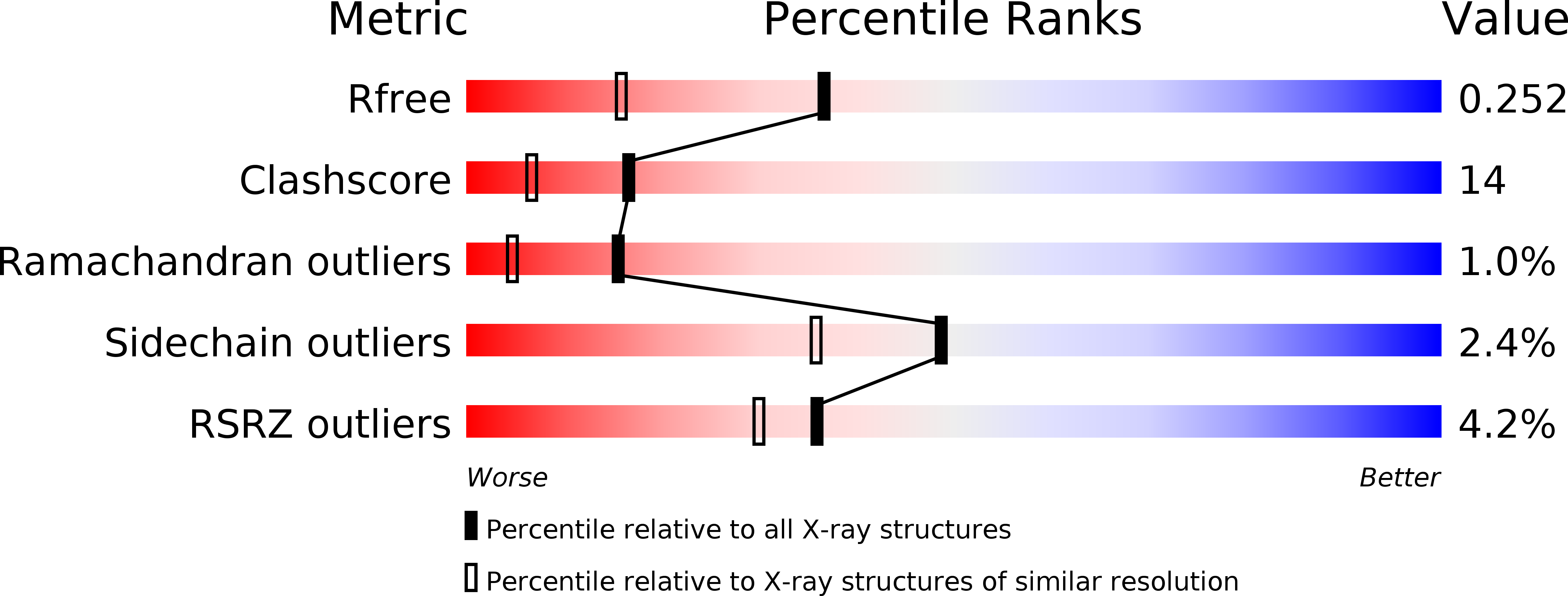
Deposition Date
2007-10-03
Release Date
2008-03-04
Last Version Date
2024-11-13
Entry Detail
PDB ID:
2RG8
Keywords:
Title:
Crystal Structure of Programmed for Cell Death 4 Middle MA3 domain
Biological Source:
Source Organism:
Homo sapiens (Taxon ID: 9606)
Host Organism:
Method Details:
Experimental Method:
Resolution:
1.80 Å
R-Value Free:
0.25
R-Value Work:
0.20
R-Value Observed:
0.20
Space Group:
P 21 21 21


